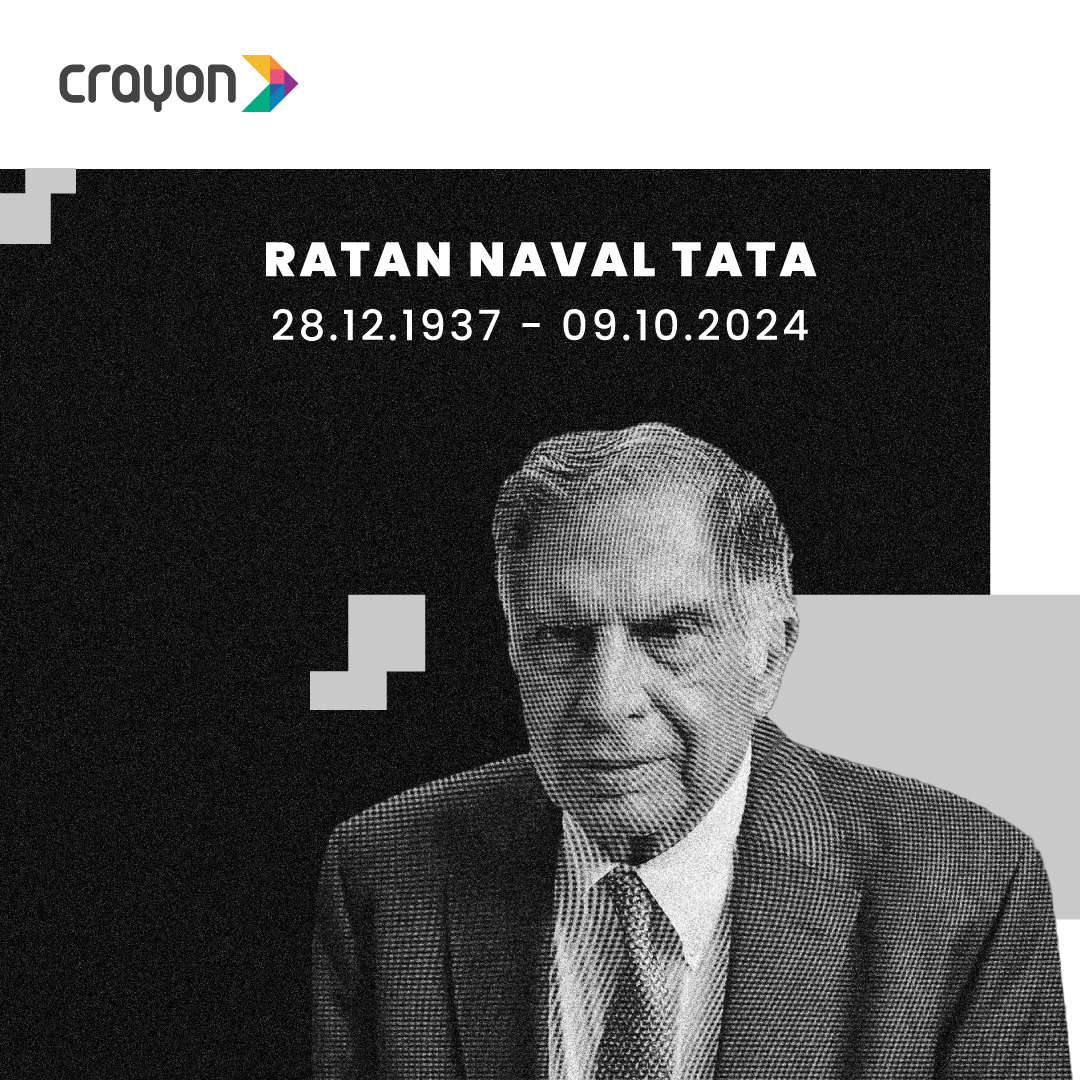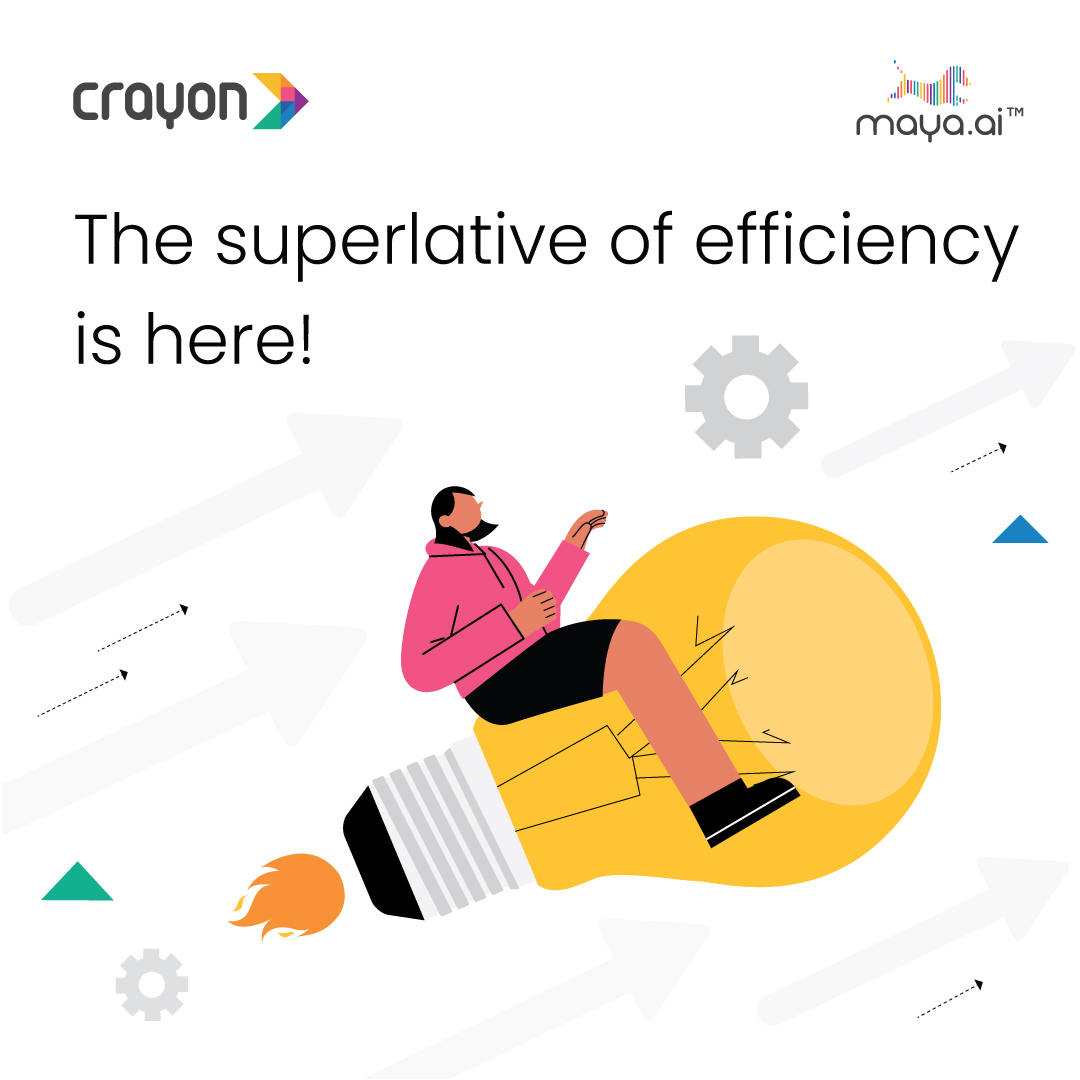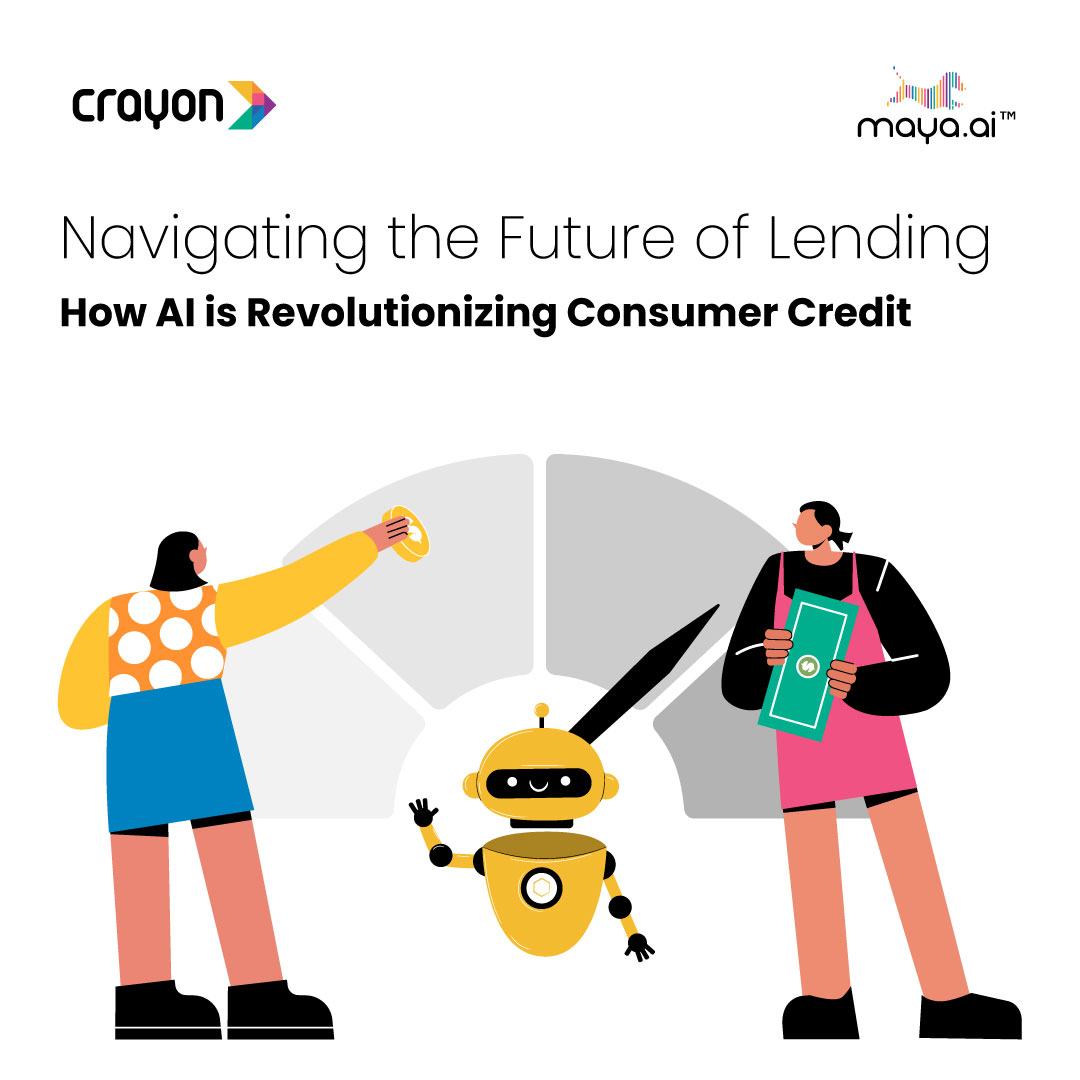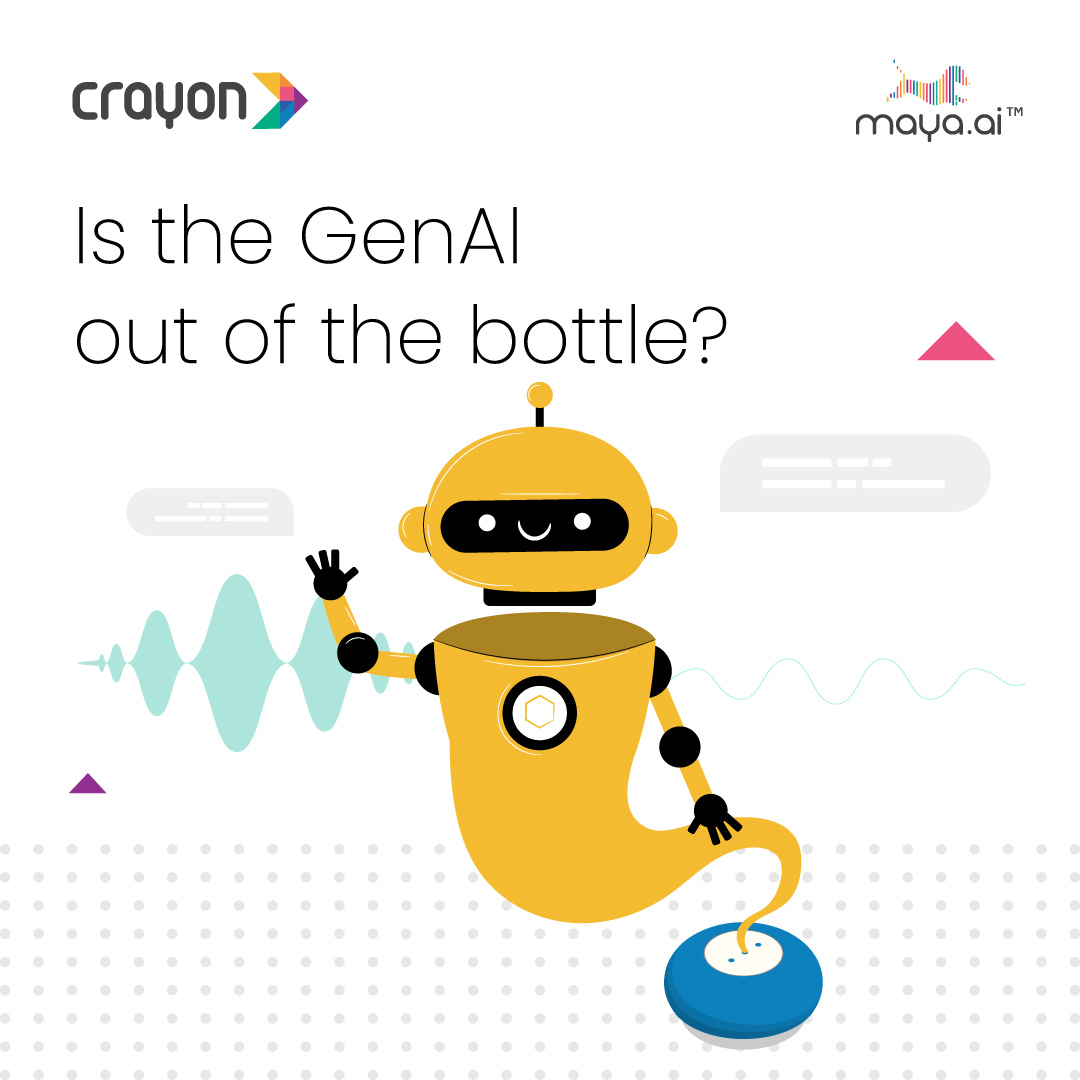Data volumes are growing exponentially. Unstructured data from Twitter, LinkedIn, Mailling Lists, etc. has the potential to transform many industries if it could be combined with structured data. Machine learning, natural language processing, sentiment analysis, etc. everybody talks about them, hardly anybody is really using them at scale. Too many people when they talk about Big Data unfortunately start with the answer and then ask what the problem it. The answer seems to be Hadoop. News flash: Hadoop is not the answer and if you start from the answer to look for problems then you are doing it wrong.
Most Big Data problems are about storage and reporting. How do I store all the exponentially growing data in such a way that business managers can get to in seconds when they need it? Ad-hoc reporting, adequate prediction, and making sense of the exponentially growing data stream are the key problems.
Big Data Storage?
Do you have relational data, unstructured data, graph data, etc.? How do you store different types of data and make it available inside an enterprise? The basics for big data storage is cloud storage technology. You want to store any type of data and be able to quickly scale up storage. RedHat did not buy Inktank for $175M because traditional storage has solved all of today’s problems. Premium SAN and other storage technologies are old school. They are too expensive for Big Data. They were designed with the idea that each byte of data is critical for an enterprise.




